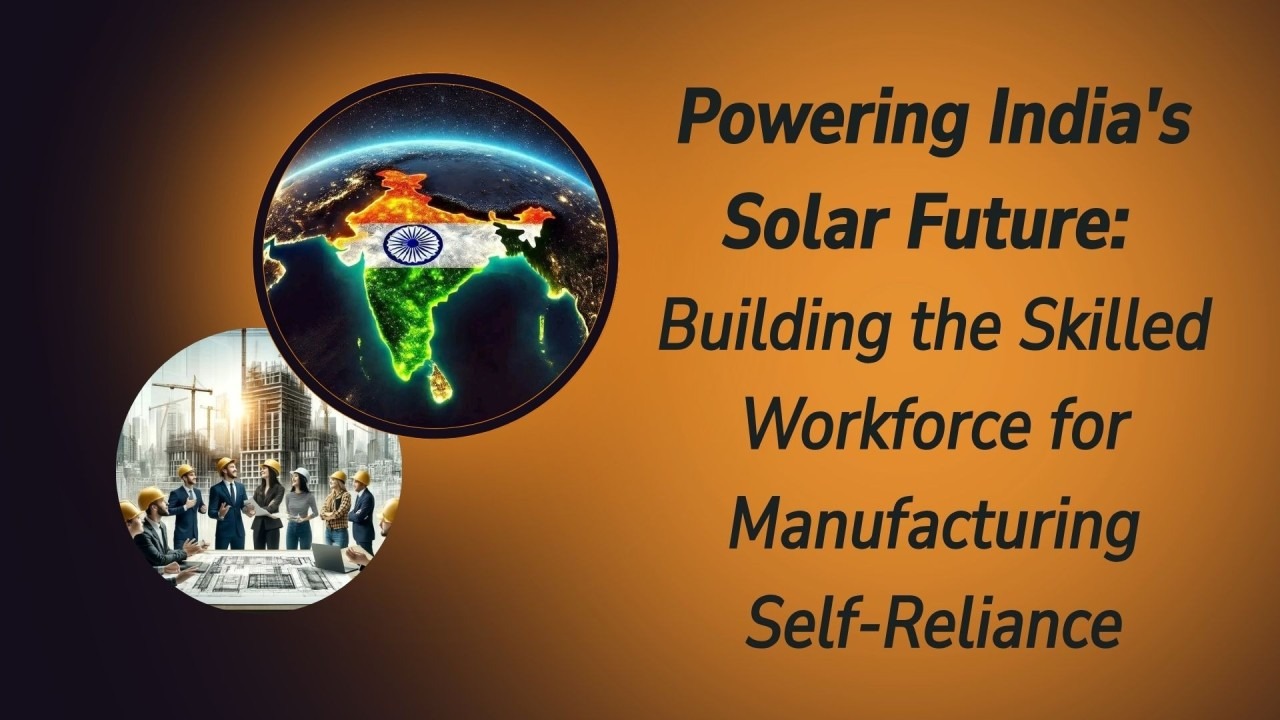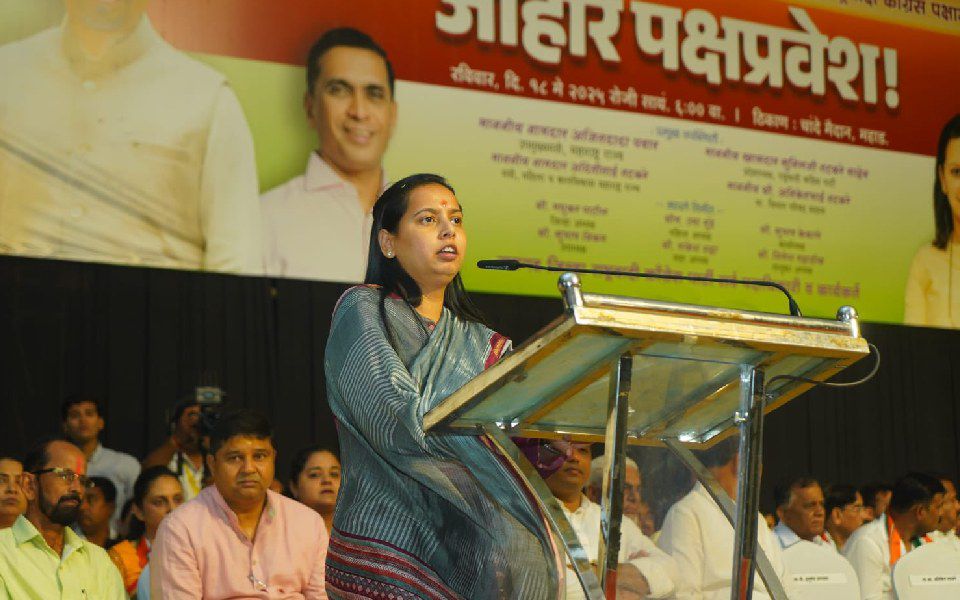 Image Source: Linkedln
Image Source: Linkedln
India’s solar ambitions are blazing brighter than ever, but the race to 500 GW of non-fossil fuel capacity by 2030 demands nothing short of a manufacturing revolution. With solar installations and demand surging, the nation is rapidly scaling up its domestic production ecosystem to reduce import dependence, secure supply chains, and lead the global clean energy transition.
Key Momentum Points
-
India’s solar module manufacturing capacity nearly doubled from 38 GW in March 2024 to 74 GW in March 2025, while cell manufacturing tripled from 9 GW to 25 GW. Wafer and polysilicon manufacturing are also on the rise, with the first ingot-wafer facility now operational and ambitious targets set for 100 GW capacity by 2030.
-
The government’s Production-Linked Incentive (PLI) scheme, $1 billion in capital subsidies, and the Approved List of Models and Manufacturers (ALMM) order are driving investments in upstream manufacturing—especially for polysilicon, wafers, and high-efficiency cells. These measures aim to replicate China’s vertically integrated solar ecosystem and insulate India from global supply shocks.
-
Policy shifts in 2025 include a ₹26,549 crore allocation for renewables, stricter quality control orders mandating BIS compliance for modules and inverters, and expansion of the Solar Park Scheme and rooftop solar incentives under the PM-Surya Ghar: Muft Bijli Yojana.
-
India’s installed solar capacity crossed 100 GW in early 2025, with projections of 280–320 GW by 2030. Annual PV installations are expected to reach 37 GW in 2025, a 21% jump year-on-year.
The focus is now on vertical integration, R&D in next-gen technologies like heterojunction and tandem cells, and building a skilled workforce through education and certification programs.
Industry leaders like Avaada Group are doubling manufacturing capacities, while collaborations with Europe and global investors are accelerating India’s journey toward a self-sufficient solar supply chain.
Outlook
India’s solar revolution hinges on a robust, innovative, and fully integrated manufacturing base. With the right mix of policy, investment, and technology, the country is poised to not only meet its renewable energy targets but also become a global powerhouse in solar manufacturing.
Sources: PV Magazine India, Manufacturing Today India, Business Standard, Avaada Group, BharatHi Solar
Advertisement
Advertisement




